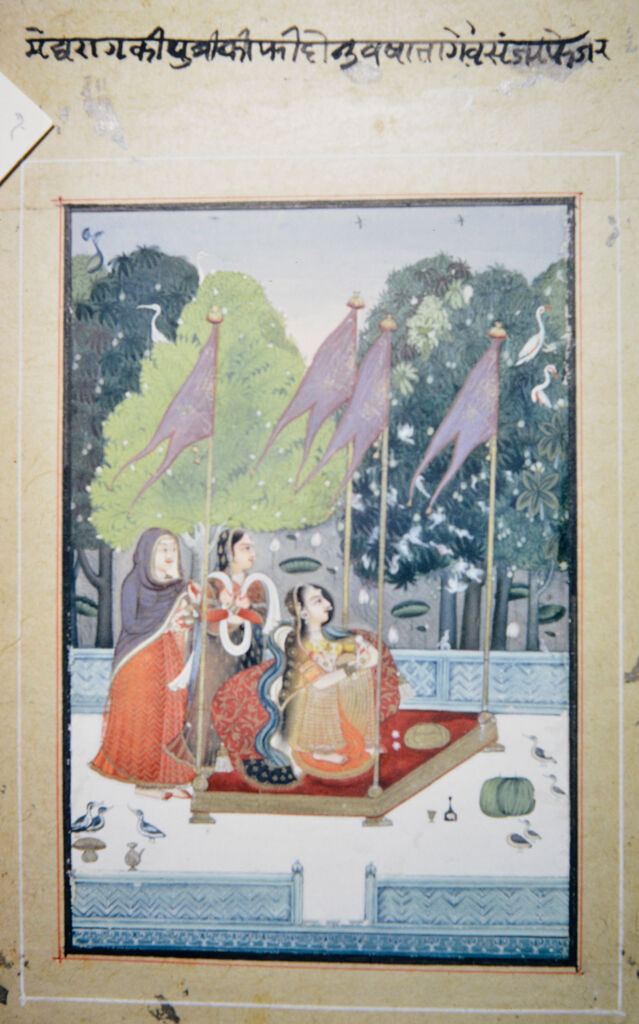Kafi (thaat) on:
[Wikipedia]
[Google]
[Amazon]
 Kafi () is one of the ten basic
Kafi () is one of the ten basic
 Kafi () is one of the ten basic
Kafi () is one of the ten basic thaat
A ''thaat'' () is a "parent scale" in North Indian or Hindustani music. It is the Hindustani equivalent of the term '' Melakartha raga'' of Carnatic music. The concept of the ''thaat'' is not exactly equivalent to the western musical scal ...
s of Hindustani music
Hindustani classical music is the Indian classical music, classical music of the Indian subcontinent's northern regions. It may also be called North Indian classical music or ''Uttar Bhartiya shastriya sangeet''. The term ''shastriya sangeet'' ...
from the Indian subcontinent
The Indian subcontinent is a physiographic region of Asia below the Himalayas which projects into the Indian Ocean between the Bay of Bengal to the east and the Arabian Sea to the west. It is now divided between Bangladesh, India, and Pakista ...
. It is also the name of a raga
A raga ( ; , ; ) is a melodic framework for improvisation in Indian classical music akin to a musical mode, melodic mode. It is central to classical Indian music. Each raga consists of an array of melodic structures with musical motifs; and, fro ...
(Kharaharapriya
Kharaharapriya is a rāga in Carnatic music. It is the 22nd ''melakarta'' rāga (parent scale) in the 72 ''melakarta'' rāga system. It is possible that the name of the ragam was originally ''Harapriya'' but it was changed to conform to the Kat ...
) within this thaat.
Description
Kafi thaat makes use of the KomalGandhara
Gandhara () was an ancient Indo-Aryan people, Indo-Aryan civilization in present-day northwest Pakistan and northeast Afghanistan. The core of the region of Gandhara was the Peshawar valley, Peshawar (Pushkalawati) and Swat valleys extending ...
and Komal Nishad. So basically it adds Komal Gandhara to the Khamaj thaat. The Kafi raga is one of the oldest ragas and its intervals are described as the basic scale of the Natyashastra
The ''Nāṭya Shāstra'' (, ''Nāṭyaśāstra'') is a Sanskrit treatise on the performing arts. The text is attributed to sage Bharata, and its first complete compilation is dated to between 200 BCE and 200 CE, but estimates vary b ...
. Thus in ancient and medieval times, Kafi was considered as natural scale. Kafi is a late evening raga and said to convey the mood of springtime.
Ragas
Ragas in Kafi thaat include: *Abhogi
Abhogi () is a raga in Carnatic music and has been adapted to Hindustani music. It is a pentatonic scale, an ''audava'' raga. It is a derived scale (''janya'' raga), as it does not have all the seven ''swaras'' (musical notes). ''Ābhōgi'' has ...
* Bageshri
* Bageshri-Ang Chandrakauns
* Bahar
* Barwa
* Bhimpalasi
Bhimpalasi or Bheempalasi (also known as Bhimpalas or Bheempalas) is a Hindustani classical raga. The Carnatic Music equivalent of this raga is Abheri.
Raga Bhimpalasi belongs to the Kafi Thaat.
Theory
* Aaroha:
* Avaroha:
The raga has k ...
* Brindavani Sarang
Brindaavani Sarang or Brindaabani Sarang, also known as raga Sarang, is a Hindustani classical raga. It is also called Vridaavani Sarang. This raga falls under the category of Sarang ragas.
Theory
Brindabani Sarang is a Kafi thaat raga. ...
* Dhani
* Hanskinkini
* Jog
* Kafi
Kafi is a classical form of Sufi music in the Punjabi and Sindhi languages that originated from the Punjab and Sindh regions of South Asia. Some well-known Kafi poets are Baba Farid, Bulleh Shah, Shah Hussain, Shah Abdul Latif Bhittai, Sa ...
* Madhuranjani
Madhuranjani (मधुरंजनी) or Madhu Ranjani, is a Hindustani classical raga from the Kafi Thaat. It is an Audav-Audav raag, (means pentatonic in ascending and descending scale). Madhuranjani is equivalent to raag Shrotasvini or U ...
* Megh
* Malhar
"Malhar" is a Hindustani classical raga. Malhar is associated with torrential rains.
Besides the basic Shuddha Malhar, which was the original Malhar, several Malhar-related ragas use the Malhar signature phrase m (m)R (m)R P, including "Miyan ...
* Nayaki Kanada
* Patdeep
Patdeep or Patdip (पटदीप), is a Hindustani classical raga from the Kafi Thaat.
Theory
Aroha and Avaroha
Notation: S r R g G M Ḿ P d D n N S
Lower case indicates 'komal' or flat notes, " indicates higher (third) octave, ' indic ...
* Pilu
* Jaijaiwanti
Jaijaivanti or Jaijaiwanti is a Hindustani classical ''raga'' belonging to Khamaj Thaat. According to the Guru Granth Sahib, this ''raga'' is a mixture of two others: Bilaval and Sorath. The ''raga'' appears in the latter section in Gurbani, ...
* Ramdasi Malhar
* Sahana
* Surdasi Malhar
* Ananda Sarang
* Daiva Malhar
* Vrindavani Saarang
References
{{reflist Hindustani music theory